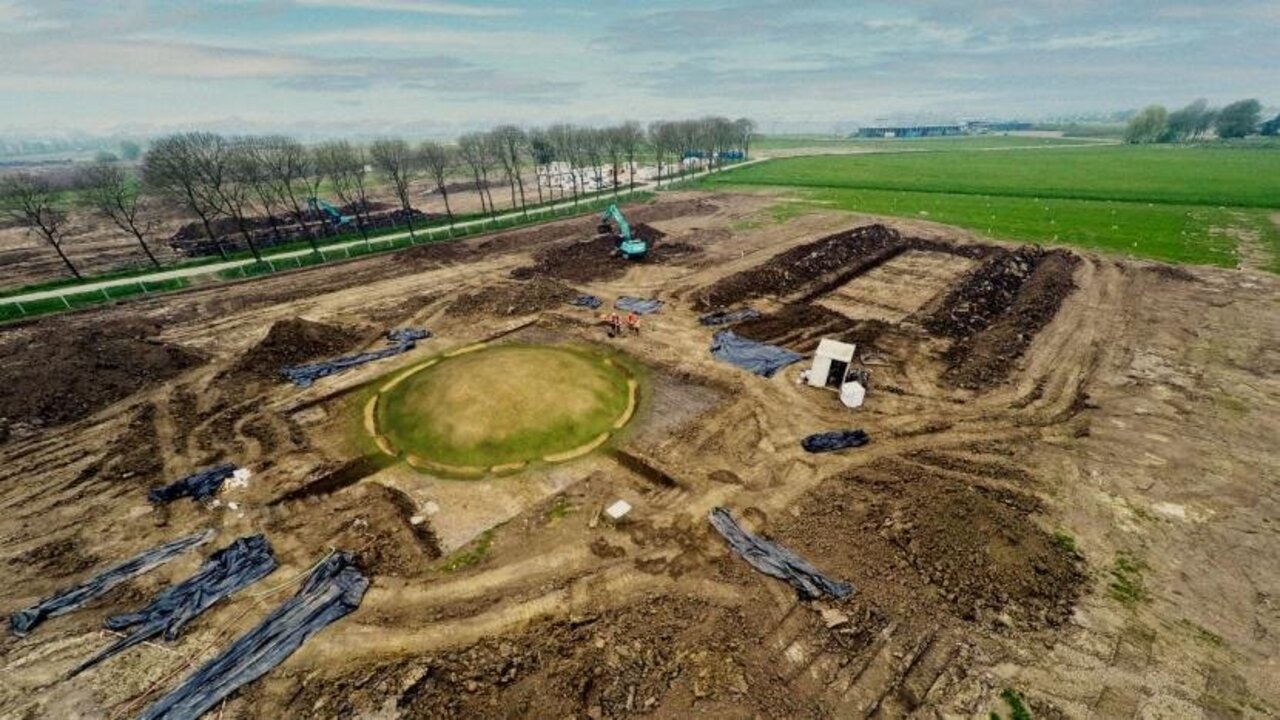Excavations began in 2017 near the town of Till, about 50 kilometers southeast of Utrecht. This is a burial mound containing the remains of about 60 men, women and children. The mound also served as a solar calendar with multiple openings that allowed sunlight to enter on certain days. The naves of the main hill, about 20 meters in diameter, are aligned to serve as a calendar that marks important days such as holidays and harvest times.
Researchers also found two small burial mounds. According to archaeologists, these three mounds were used for burial purposes for about 800 years. An unusual artifact was found in one of the tombs – a glass bead made in Mesopotamia on the territory of modern Iraq, located 5,000 kilometers from the Netherlands.
Source: Ferra
I am a professional journalist and content creator with extensive experience writing for news websites. I currently work as an author at Gadget Onus, where I specialize in covering hot news topics. My written pieces have been published on some of the biggest media outlets around the world, including The Guardian and BBC News.









